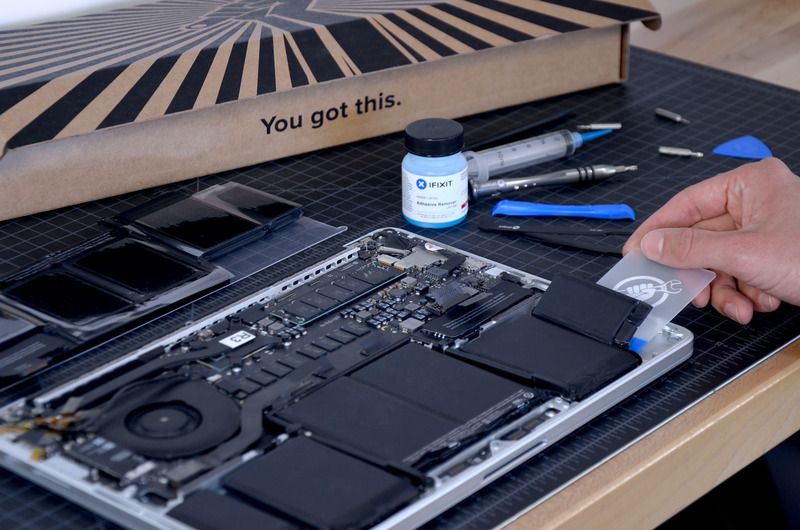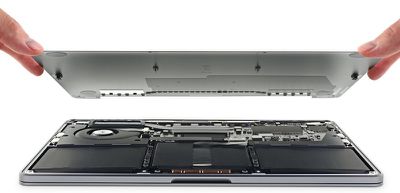
Two things to notice here: (1) According to this page, it’s not enough to drain and then charge-you have to start by charging it fully. This is done in the equipment or with a battery analyzer as part of battery maintenance.
#BRAND NEW MACBOOK PRO BATTERY LIFE SHORT IFIXIT FULL#
Calibration occurs by applying a full charge, discharge and charge. We're still playing Pin the Tail on the Donkey, but calibration tells the battery management system, "Ahem-the donkey is over that way."įigure 2: Full-discharge and full-charge flags. Calibration helps keep estimates accurate by setting new “full charge” and “full discharge” anchors in the battery management system so it doesn’t have to guess. And on a brand-new battery, there’s not really any good data to work with, so the model will be way off. Over time, that calculation tends to drift and become less accurate. Obviously, we can't do that every time we want to check the battery level, so we have to use indirect methods-storing all kinds of usage data and using that to calculate an estimated % state of charge from moment to moment. (It’s an electrochemical storage system that is always changing and decaying, and never behaves exactly the same way from one charge to the next.) About the only reliable way to gauge it is to fully charge the battery, then fully discharge it and measure the difference (a.k.a. The fundamental problem is that there’s no reliable way to know exactly how much capacity a battery holds at any given moment. This article on fuel gauges is also instructive. What’s calibration anyway?įor a good read on battery calibration, see this page. It is recommended to perform this process periodically to ensure that the battery remains properly calibrated throughout its lifespan.





 0 kommentar(er)
0 kommentar(er)
